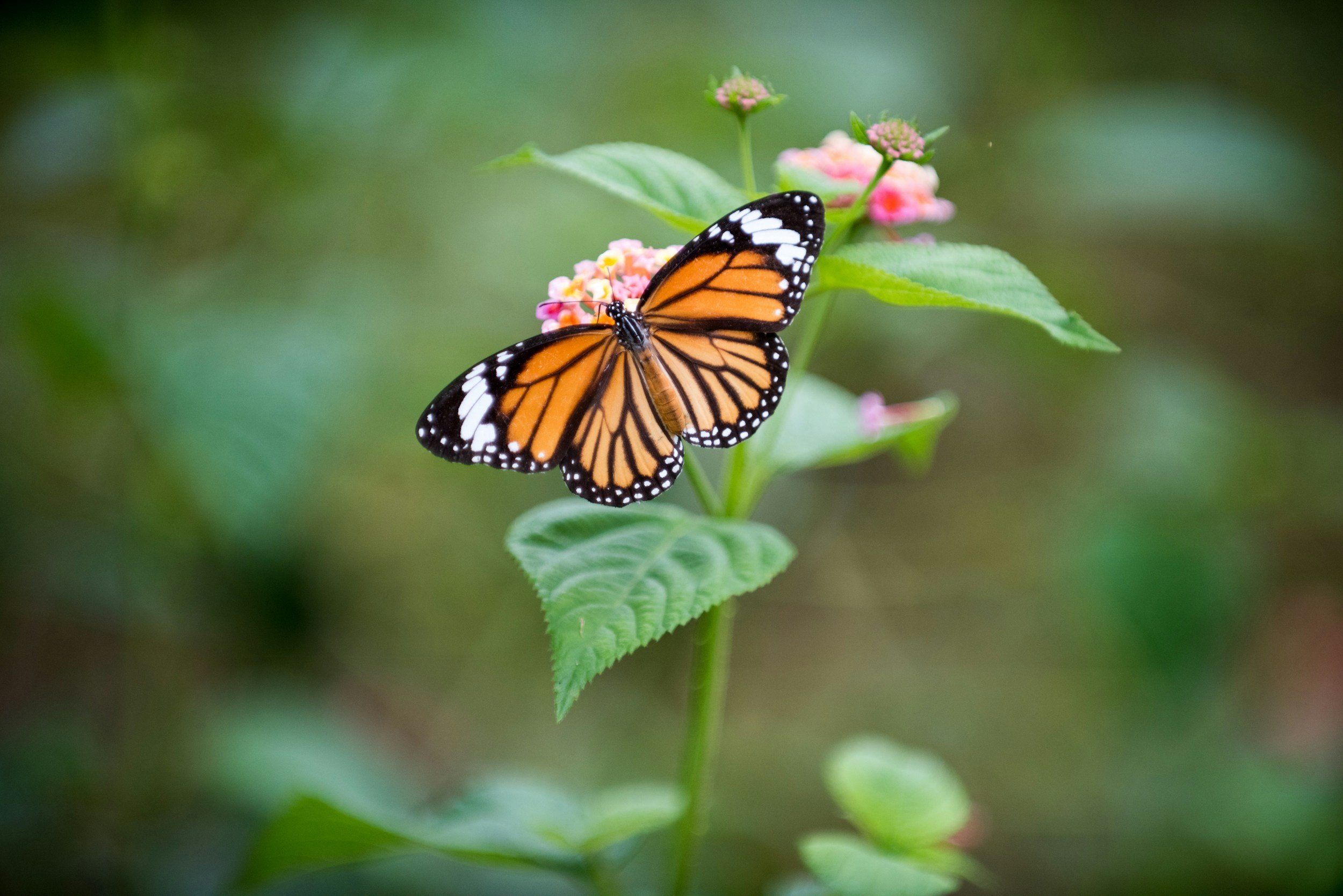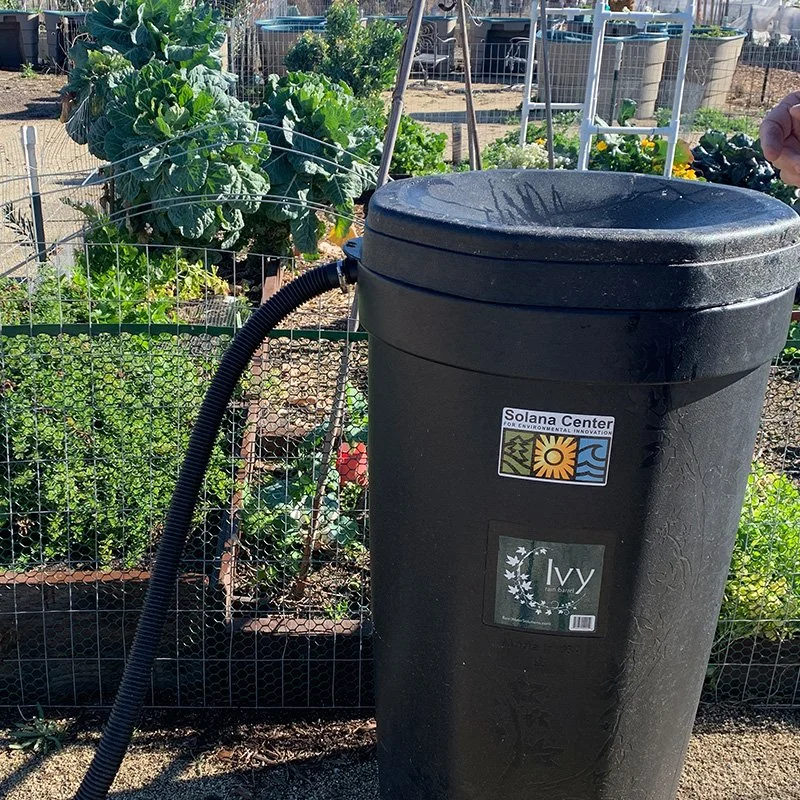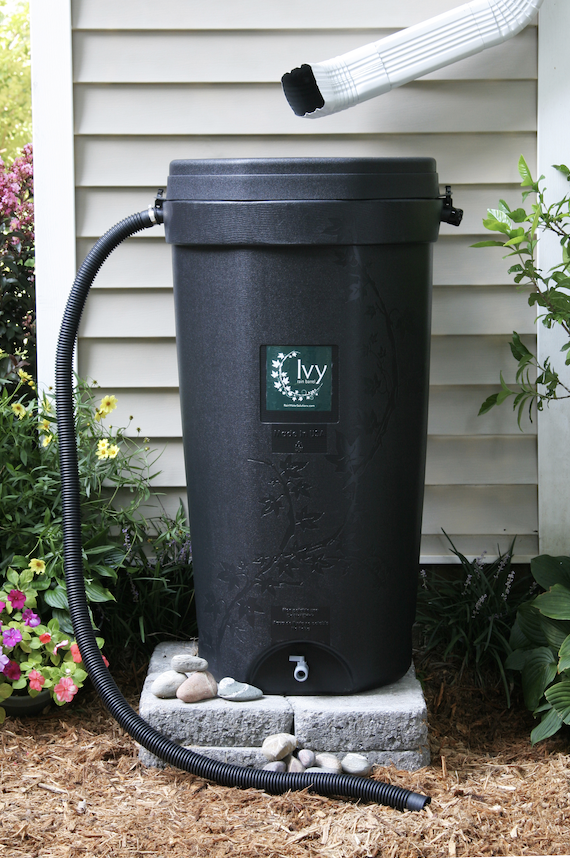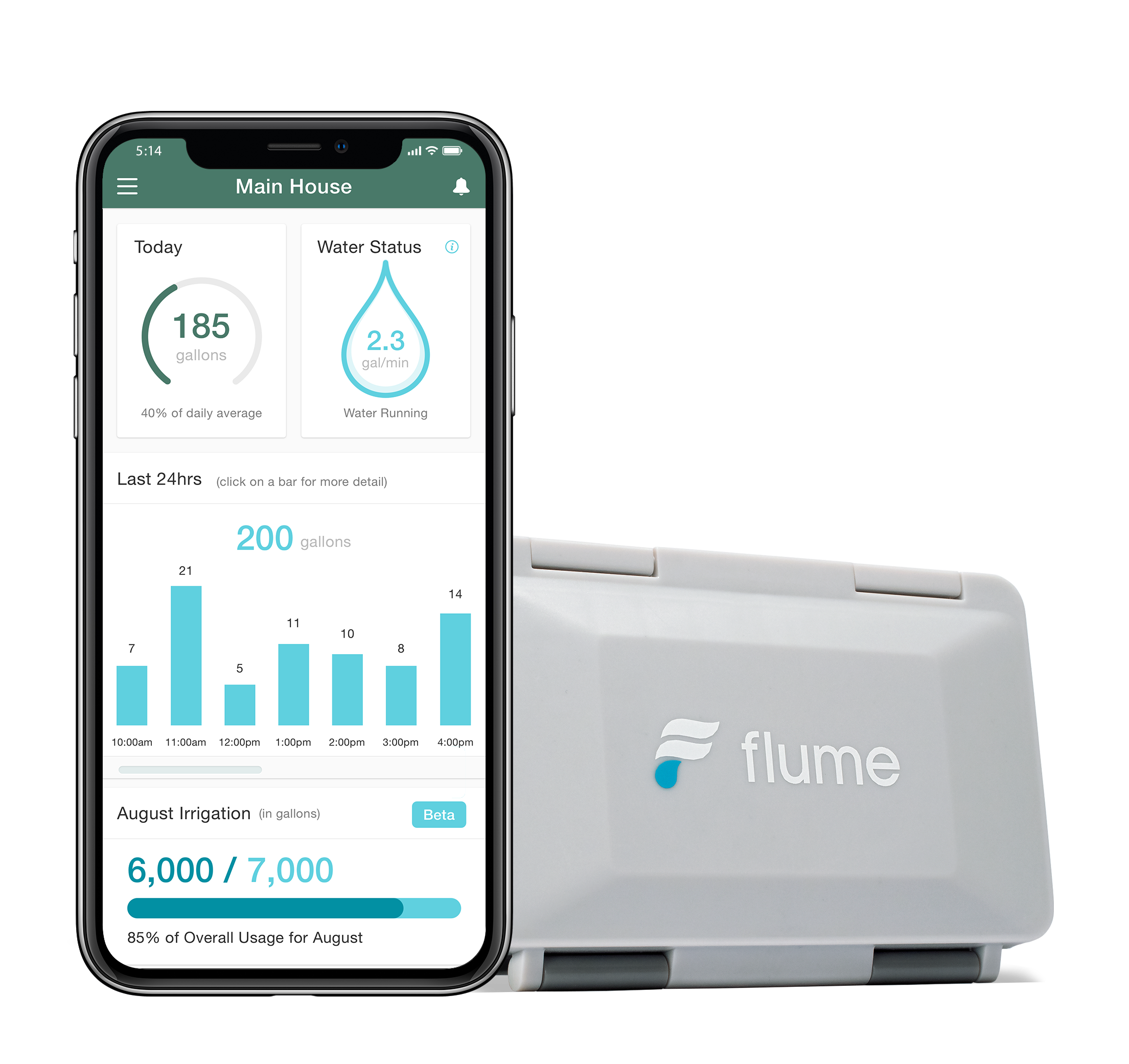
WATER
San Diegans are very proud of our beaches, rivers, lakes, and lagoons, and we have a responsibility to protect these vital areas. We can do that through responsible use of water, preventing polluted rainwater runoff from entering our natural waterways, and instead, redirecting fresh rainwater to our plants that need it most.
Rainwater Harvesting
By using a rain barrel, San Diegans can collect water for later use, reduce runoff to the ocean, and save money on their water bill. Reducing runoff from driveways, streets, and sidewalks also keeps harmful pollutants from reaching beaches and waterways. Instead, we can redirect fresh rainwater to our plants that need it most.
Just one inch of rain yields 600 gallons per 1000 sq. ft. of roof space, depending on your roof configuration. That's a lot of free, fresh water for San Diegans to divert and help their plants thrive. In addition to diverting rainwater, the rain barrels provided can store up to 50 gallons of rainwater for later use in a mosquito-proof container. Mosquitoes: Fight the Bite!
As with any water left outside, it is imporant to make sure mosquitos are kept out of your rain barrel. Check out the San Diego County Department of Enironmental Health's Fight the Bite page for more information.
Why use rain barrels in San Diego?
Sunny San Diego is not a location that pops into someone's mind when they think of rain. But San Diego is exactly the kind of place that needs to harvest rainwater. Rainwater is free hydration for your plants and compost! A household or business can easily place a rain barrel below a downspout to collect water for future use. Rainwater is a great water source that lacks the chlorine and salt commonly found in municipal water that plants LOVE! Using rainwater protects both our coasts from pollution and benefits all the microbial life in the soil!
There are three main benefits that rainwater harvesting provides, especially in the San Diego region:
-
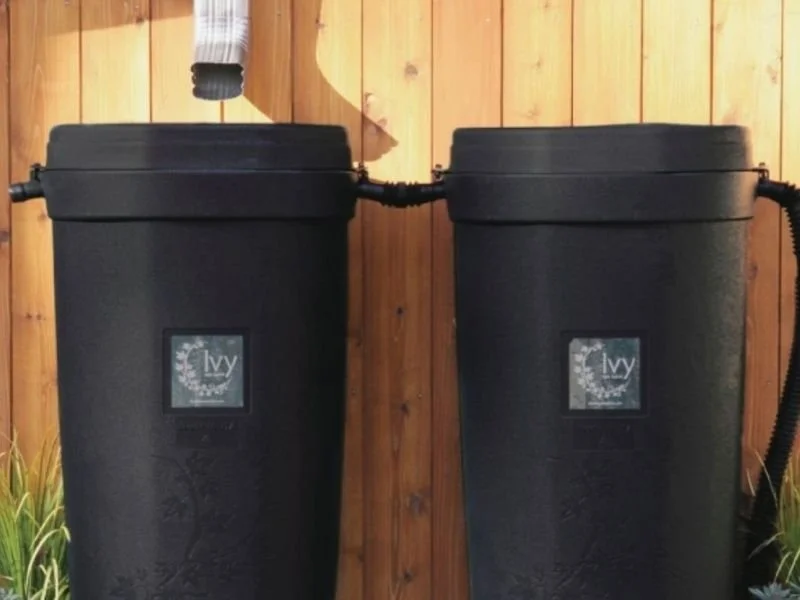
Resource Conservation
Rainwater harvesting will help San Diego conserve water, reducing stress on this precious resource. The strain on our water supply is a serious issue. Harvesting rainwater is one of many tools that San Diegans can utilize to help safeguard our water resources. By conserving water, San Diego also indirectly reduces energy consumption. San Diego gets the majority of its water from the Colorado River and San Joaquin Valley. To transport this water to San Diego pumps powered by electricity are needed. When San Diegans reduce their water consumption they also help California conserve energy by decreasing the amount of water pumped from these two principal sources.
-

Pollution Prevention
During a storm, water runoff that enters storm drains is not treated and may carry pollutants such as pesticides, fertilizers, litter, and heavy metals directly into our creeks, rivers, bays, beaches, and the ocean. Collecting rainwater reduces the amount of stormwater runoff entering nearby water bodies and helps keep San Diego beaches and aquatic systems clean.
-

Free Water for Gardens & Landscapes
Water from rain harvesting lacks chlorine, fluoride, and dissolved solids, providing terrific water for landscapes. Additionally, this non-potable water is free and may reduce monthly water bills, saving money.
Start collecting rainwater now!
Order a rain barrel for pick up in Encinitas
Water Conservation
Stop Water Leaks in Your Home: Track, Reduce, and Conserve Your Water Use with Flume
Surprises are fun, but not when it comes to water leaks or high water bills in your home. Solana Center is proud to offer a $20 discount on Flume Smart Home Water Meter which gives you down-to-the-minute, easy-to-read, water use reports and insights to help you track your use, catch leaks, and control your bills.
The Flume meter must be purchased through this link to redeem $20 Solana Center discount.Just use the promo code "Solana20" at checkout to claim the discount.
Water Meter Rebates Available to San Diego Residents
-
Apply for $35 rebate after purchase, available for most San Diego region residents. Rebate is limited to two barrels per person. Rebate dependent on application approval. Learn more about rebate at SoCalWaterSmart.org or read our rebate FAQ. Rebates generously provided by the San Diego Water Authority. Contact SoCal WaterSmart at (888) 376-3314 for inquiries.
-
The County of San Diego has added an additional $30 to the above rebate (total $65 return). They also have an additional rebate per gallon saved. County rebates available to unincorporated County residents only. See County Rebate site for details.
-
The City of San Diego offers additional rebates for residents. See website for details.
Additional $100 rebates are available for Olivenhain and San Dieguito Water Districts and a $150 rebate for LADWP customers. If you are eligible, apply for your rebate here.
Additional rebates may be available through your water district. Check availability by selecting "Flow Monitor Device on Utility Meter" under the "Select Device" section here.
Keep Our Beaches & Bays Clean
Motor oil, soap, fertilizers, pesticides, pet waste, and window cleaner are just a few common contaminants polluting our beloved oceans.
Learn more about:
Ocean Friendly Gardening
Garden Smart: Avoid application of unnatural fertilizers and pesticides, which can run off with the next rain. Instead, opt for organic amendments such as kelp, fish emulsion, blood meal, manure, and compost. Creating healthy soil increases nutrients and permeability to better allow water to absorb instead of leaving your yard. Slowing, spreading, and sinking water are common strategies for gardeners looking to create water wise landscapes.
Slowing can include collecting water in rain barrels and cisterns, keeping it from collecting pollutants and carrying those to the watershed.
Spreading means digging swales, or shallow channels lined with rock and vegetation, that move rainwater along a sloping course, rather than its default path straight to the watershed.
Sinking can be achieved by adding compost to increase your soil’s water retention, allowing more to be absorbed into the ground, and growing plants that can handle sporadically moist conditions. Leaves, branches, and low-growing vegetation all hold rainwater; that rainwater can nourish them, slowly permeate the soil below, or evaporate into the air.
TIP: Composting is a great way to put your kitchen and garden waste to use creating a full-circle soil amendment.
Native Plants
Opt for plants and trees native to your area instead of decorative imported species and standard grass. This helps make your yard more water-wise and less thirsty, especially in warm seasons.
TIP: Replace traditional grass with mulch and ground-covering native plants to cut down on your water use while keeping your yard beautiful.
